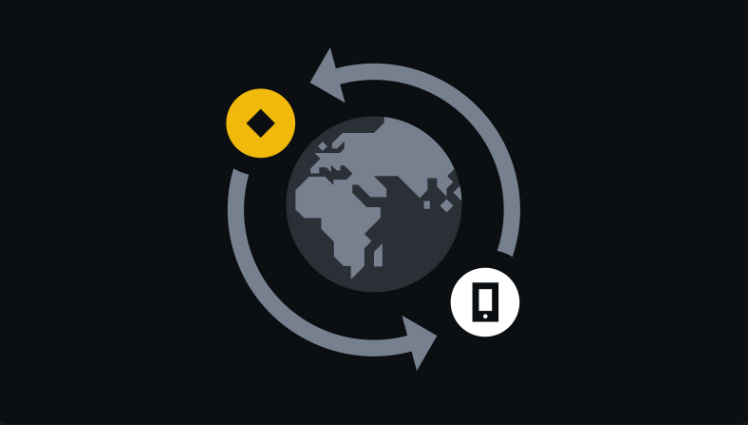
What Are Remittances?
Remittances refer to the transfer of money to a distant location, typically between different countries or regions, especially when migrant workers send money back to their home countries. Similar to international aid, remittances are one of the largest sources of capital inflow for many developing countries.
According to data from the World Bank Group, the remittance industry has experienced significant growth over the past few years. The estimated global remittance volume increased from approximately $644 billion in 2017 to $905 billion in 2024, a growth of about 40% over seven years.
Some developing economies heavily rely on foreign currency inflows, making remittances one of the pillars of their economies. For many countries/regions, the transfers from migrant workers are a major source of income.
For example, international remittances account for over 45% of Tajikistan's GDP, followed by Tonga (38%), Nicaragua (27%), and Lebanon (27%).
Challenges in Remittances
According to World Bank estimates, the average fee for a $200 remittance is approximately 6.65% (global average). Considering the global remittance volume reached $905 billion in 2024, a 6.65% fee translates to around $60 billion in operational costs.
In addition to high fees, most remittance solutions rely on third-party services and financial institutions. Due to the involvement of multiple intermediaries, the existing remittance system is highly inefficient. These services are not only expensive but also slow, with transfers taking days or even weeks to complete.
In this context, blockchain technology may offer a more efficient and feasible alternative for the remittance industry. This article explores the potential of blockchain technology, some existing solutions, and key players in this field.
Can Blockchain Solve Remittance Challenges?
Unlike traditional services, blockchain networks do not rely on transaction approval processes, which typically involve multiple intermediaries and extensive manual operations.
As a result, blockchain can provide payment solutions that are faster, more reliable, and at a lower cost compared to traditional banking systems.
In other words, blockchain technology has the potential to effectively address some of the core issues in the remittance industry, such as high fees and long transaction times. By reducing intermediaries, operational costs can be significantly lowered.
Blockchain-Based Remittances
Mobile Apps and Crypto Wallets
Many companies are exploring blockchain technology to offer new payment solutions. Depending on the region, you may be able to use mobile wallets for international remittances, bill payments, purchasing gaming credits, or trading cryptocurrencies.
An increasing number of mobile crypto wallets allow users to send and receive digital assets globally, with MetaMask, Trust Wallet, and Binance Wallet being some popular choices.
Digital Platforms
Payment platforms like Binance Pay enable users to send and receive cryptocurrencies globally with zero fees, providing a direct and efficient remittance method.
Additionally, blockchain projects like Ripple and Stellar have established infrastructure that directly interfaces with traditional financial systems, facilitating global transactions between fiat and crypto assets.
Stablecoins
Stablecoins like USDT and USDC play a crucial role in blockchain-based remittances. These cryptocurrencies are pegged to stable assets like the U.S. dollar, reducing the volatility of digital assets. Stablecoins also promote financial inclusion, enabling unbanked populations to access global financial services via blockchain.
Challenges and Limitations
Undoubtedly, blockchain technology offers many advantages for the remittance industry, but challenges remain. Below are some potential limitations:
Crypto-to-Fiat Conversion: The global economy still operates primarily on fiat currencies. In some regions, converting cryptocurrencies to fiat is complex or impossible.
Dependence on Phones and Internet: Millions of people in underdeveloped countries/regions lack internet access, and many do not own smartphones.
Regulation: Cryptocurrency regulation is still in its early stages. Some countries/regions have unclear or absent regulatory policies, especially those reliant on foreign remittances. However, as blockchain technology becomes more widespread, regulations are gradually improving.
Complexity: Using cryptocurrencies and digital wallets carries risks and requires users to have some technical knowledge.
Conclusion
Over the past decade, the remittance industry has seen significant growth and is expected to continue expanding in the coming years. One of the main reasons is the increasing migration rates as more people seek work or educational opportunities abroad.
However, the current remittance industry still faces inefficiencies and limitations. More companies and users are turning to blockchain technology in search of more efficient and convenient remittance solutions.
















